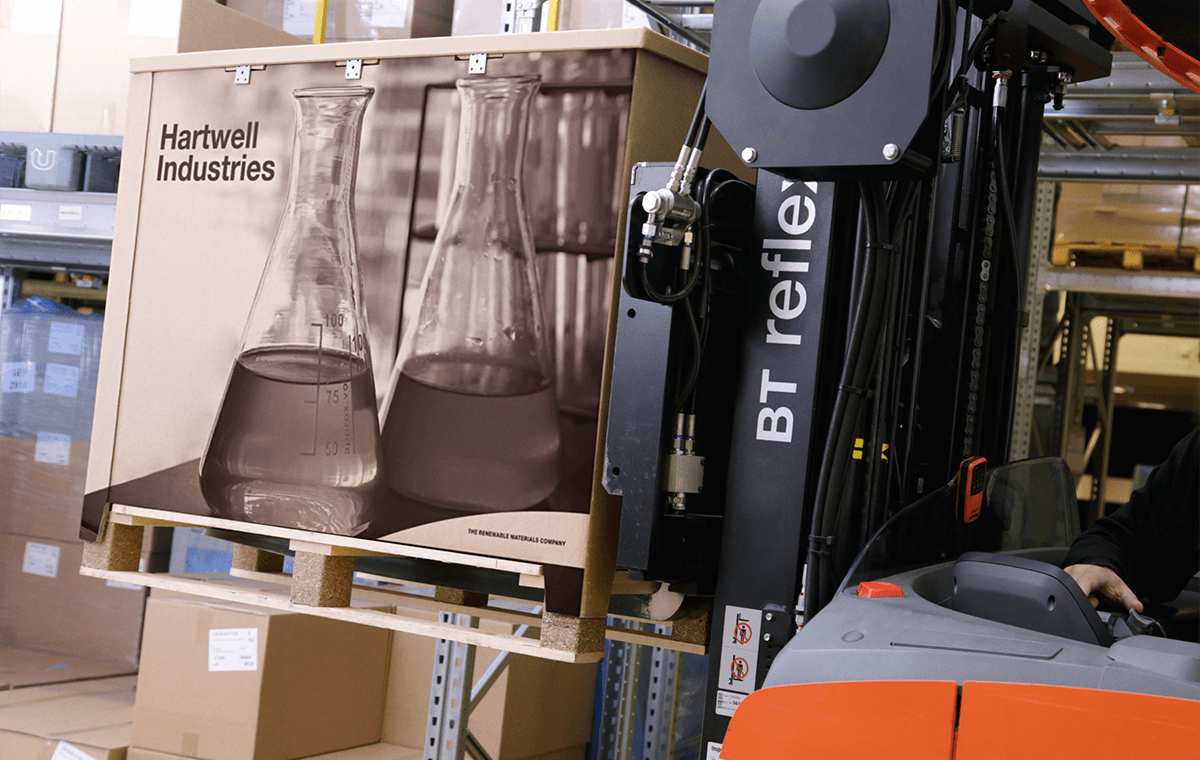Reliable Industrial Recycling Solutions for Sustainable Packaging: A Comprehensive Overview
That's where this comprehensive overview on reliable industrial recycling solutions for sustainable product packaging comes in. By checking out essential areas such as product packaging material choice, designing for recyclability, carrying out reusing facilities, working together with reusing partners, and monitoring and measuring recycling success, this guide will furnish you with the expertise and devices necessary to make educated choices and drive favorable change within your organization. Whether you're a packaging expert, sustainability manager, or merely interested in the topic, this guide will give important insights and techniques to aid you browse the globe of lasting packaging.
Product Packaging Product Choice
The selection of packaging products plays an important role in making certain the sustainability of industrial recycling services. When it pertains to lasting product packaging, the selection of products is key in reducing ecological effect and taking full advantage of recycling efficiency. Picking the right materials can help in reducing waste generation, save resources, and promote a circular economy.
One crucial element to think about in packaging material selection is recyclability - industrial metal packaging. Products that can be conveniently recycled and integrated back into the production cycle are favored. For instance, products like cardboard, paper, glass, and specific kinds of plastics can be reused numerous times without shedding their quality. On the various other hand, products that are challenging to recycle, such as mixed plastics or non-recyclable compounds, can create challenges for the recycling process and might wind up in landfills or incinerators.
Another consideration is the use of biodegradable and renewable products. Packaging made from eco-friendly sources, such as plant-based plastics or biopolymers, can help in reducing reliance on nonrenewable fuel sources and mitigate climate change. In addition, eco-friendly materials break down naturally in time, reducing the buildup of waste in land fills.
Additionally, the weight and volume of product packaging materials ought to be lessened to decrease transport expenses and energy intake. Lightweight products not only need fewer resources throughout production yet likewise add to reduce carbon discharges throughout transportation.
Creating for Recyclability
Packaging designers should focus on the use of materials that are widely approved for reusing and have actually established recycling infrastructures. Materials such as glass, light weight aluminum, and certain types of plastic, like Pet dog and HDPE, are commonly reused and should be favored over materials that are pricey or challenging to reuse.
One more critical consideration in creating for recyclability is the elimination of unnecessary components or products. By lessening the variety of layers, finishes, and additional components, packaging can be made easier and easier to recycle. In addition, developers must aim to decrease using blended materials, as they can make complex the recycling process.

Implementing Recycling Infrastructure
Effective application of reusing framework is crucial for the success of industrial reusing remedies. Without appropriate infrastructure in position, the recycling process ends up being inefficient and ineffective, preventing the overall objective of sustainable product packaging.
To execute recycling infrastructure effectively, numerous crucial factors need to be considered. First of all, there must be an efficient collection system that helps with the splitting up and collection of recyclable products. This can include marked reusing bins in public rooms, in addition to collaborations with waste monitoring business for curbside pick-up and sorting.
When accumulated, the recyclable materials require to be carried to recycling centers in a prompt way. This needs efficient logistics and transport networks, ensuring that the products get to the appropriate centers immediately.
At the recycling facilities, progressed sorting and processing innovations should remain in area to separate different types of products successfully. This consists of making use of automated sorting machines, optical scanners, and hands-on sorting methods.
Moreover, there ought to be a durable market demand for recycled materials. This can be attained with cooperations with manufacturers and sectors that use recycled materials in their production processes. Creating a steady market for recycled products incentivizes the reusing sector and advertises the circular economic climate.
Collaborating With Recycling Allies

One trick facet of working together with reusing companions is the facility of clear interaction channels. It is essential to develop open lines of communication to promote the exchange of information, updates, and responses. This permits both events to remain notified regarding the progress of reusing initiatives and address any obstacles or problems that might arise.
Additionally, collaboration can involve collaborations in creating and implementing recycling programs. my website Recycling companions can provide important understandings and assistance in establishing effective collection systems and figuring out the most suitable recycling modern technologies. By interacting, organizations and recycling companions can maximize the recycling procedure and reduce waste.
Furthermore, cooperation can extend beyond the operational elements of reusing. It can additionally include campaigning for and education and learning initiatives. By joining pressures, organizations and reusing companions can increase recognition regarding the importance of reusing and advertise the adoption of lasting packaging practices among consumers and various other stakeholders.
Monitoring and Measuring Recycling Success
To guarantee the performance of commercial recycling services and the success of lasting packaging objectives, it is crucial for organizations and their reusing companions to establish a thorough system for tracking and measuring reusing success (industrial packaging solutions). Tracking and determining recycling success allows businesses to assess the influence of their recycling initiatives, recognize locations for improvement, and established significant targets for future progression
One means to track reusing success is via making use of information collection and evaluation tools. By gathering data on the quantity of product packaging waste produced, the percentage of waste that is recycled, and the kinds of products being recycled, services can gain useful insights right into their reusing efficiency. This information can after that be analyzed to determine patterns, patterns, and areas of inadequacy.
An additional vital element of tracking and measuring reusing success is establishing standardized and clear metrics. This enables organizations to contrast their efficiency against market criteria and track their progression over time. Metrics such as reusing prices, waste diversion rates, and greenhouse gas emissions can provide a measurable measure of an organization's reusing success.

Final Thought
To conclude, applying effective commercial recycling services for lasting product packaging calls for careful factor to consider of packaging material choice, developing for recyclability, implementing recycling facilities, working together with reusing partners, and monitoring and measuring reusing success. By incorporating these techniques, organizations can add to a much more environmentally-friendly and sustainable technique to packaging, lowering waste and promoting the round economic climate.
By checking out essential areas such as product Your Domain Name packaging material selection, developing for recyclability, applying recycling facilities, working together with reusing companions, and monitoring and determining reusing success, this overview will equip you with the understanding and tools necessary to make informed choices and drive positive adjustment within your organization. Product packaging designers must prioritize the usage of products that are commonly accepted for recycling and have actually developed reusing infrastructures.Cooperation with reusing partners is necessary for the effective application of commercial recycling solutions and the achievement of lasting product packaging objectives. By signing up with forces, services and reusing companions can raise understanding about the importance of recycling and advertise the fostering of sustainable packaging methods among consumers and other stakeholders.
By collecting data on the quantity of packaging waste generated, the percent of waste that is reused, important site and the types of materials being recycled, businesses can obtain beneficial insights right into their recycling performance.